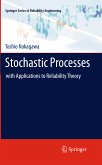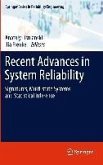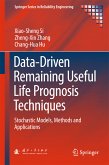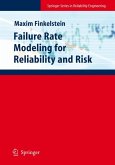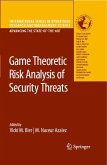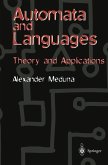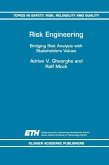Since the introduction of system signatures in Francisco Samaniego's 1985 paper, the properties of this technical concept have been examined, tested and proven in a wide variety of systems applications. Based on the practical and research success in building reliability into systems with system signatures, this is the first book treatment of the approach. It is, therefore, the purpose of this book to provide guidance on how reliability problems might be structured, modeled and solved. Over the past ten years the broad applicability of system signatures has become apparent and the tool's utility in coherent systems and communications networks firmly established. The book compared actual system lifetimes where the tool has been and has not been used. These comparisons-which have been done over the years-demonstrate the practical, feasible and fruitful use of the tool in building reliable systems. Finally, new results and future directions for system signatures are also explored.
Dieser Download kann aus rechtlichen Gründen nur mit Rechnungsadresse in A, B, BG, CY, CZ, D, DK, EW, E, FIN, F, GR, HR, H, IRL, I, LT, L, LR, M, NL, PL, P, R, S, SLO, SK ausgeliefert werden.



